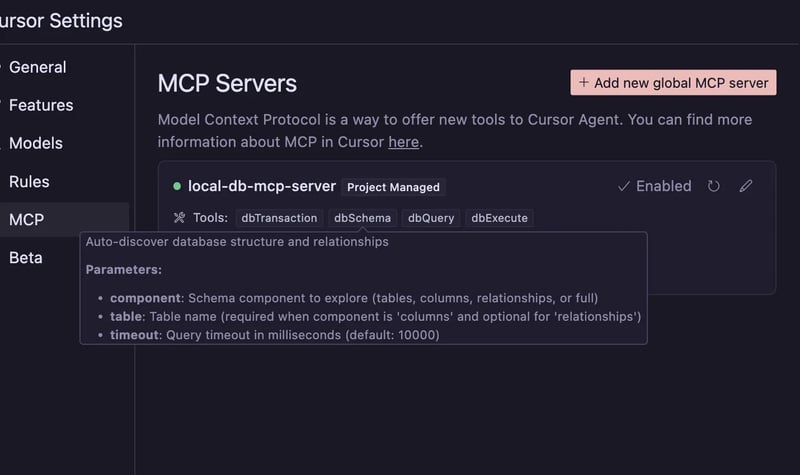Exploring Different Types of Data Structures and Their Uses
Data structures are the foundation of efficient programming and algorithm development. They provide a way to organize, manage, and store data for optimal access and modification. Choosing the right data structure is critical for solving problems effectively and ensuring code runs efficiently. One of the most basic data structures is the Array, which stores elements in a contiguous block of memory. It allows constant-time access using indices but has a fixed size and costly insertions or deletions. Linked Lists are dynamic data structures where each element (node) points to the next. They’re ideal for applications requiring frequent insertions and deletions, though accessing elements is slower compared to arrays. Stacks follow the Last In, First Out (LIFO) principle. They are used in function calls, expression evaluation, and undo operations. Queues, on the other hand, follow First In, First Out (FIFO), and are widely used in scheduling and task management. Trees are hierarchical structures that represent relationships such as family trees or file systems. The most common type is the Binary Tree, with each node having up to two children. Specialized trees like Binary Search Trees (BSTs) allow faster search, insertion, and deletion. Heaps are a type of binary tree used primarily for implementing priority queues. They ensure that the highest (or lowest) priority element is always at the root. Graphs are versatile structures made of nodes (vertices) and edges. They model real-world systems like social networks, transportation grids, and web page linking. Hash Tables (or Hash Maps) offer fast data retrieval using key-value pairs. They are commonly used in database indexing and caching. When it comes to Searching in Data Structure, the choice of structure greatly affects the performance. For example, binary search works efficiently with sorted arrays or BSTs, while hash tables provide near-constant time lookup. Each data structure serves a unique purpose and is suited to specific scenarios. Understanding their properties and limitations helps in designing robust and scalable applications. In conclusion, mastering data structures is essential for every programmer. Whether managing large datasets or optimizing system performance, the right data structure is the key to success.

Data structures are the foundation of efficient programming and algorithm development. They provide a way to organize, manage, and store data for optimal access and modification. Choosing the right data structure is critical for solving problems effectively and ensuring code runs efficiently.
One of the most basic data structures is the Array, which stores elements in a contiguous block of memory. It allows constant-time access using indices but has a fixed size and costly insertions or deletions.
Linked Lists are dynamic data structures where each element (node) points to the next. They’re ideal for applications requiring frequent insertions and deletions, though accessing elements is slower compared to arrays.
Stacks follow the Last In, First Out (LIFO) principle. They are used in function calls, expression evaluation, and undo operations. Queues, on the other hand, follow First In, First Out (FIFO), and are widely used in scheduling and task management.
Trees are hierarchical structures that represent relationships such as family trees or file systems. The most common type is the Binary Tree, with each node having up to two children. Specialized trees like Binary Search Trees (BSTs) allow faster search, insertion, and deletion.
Heaps are a type of binary tree used primarily for implementing priority queues. They ensure that the highest (or lowest) priority element is always at the root.
Graphs are versatile structures made of nodes (vertices) and edges. They model real-world systems like social networks, transportation grids, and web page linking.
Hash Tables (or Hash Maps) offer fast data retrieval using key-value pairs. They are commonly used in database indexing and caching.
When it comes to Searching in Data Structure, the choice of structure greatly affects the performance. For example, binary search works efficiently with sorted arrays or BSTs, while hash tables provide near-constant time lookup.
Each data structure serves a unique purpose and is suited to specific scenarios. Understanding their properties and limitations helps in designing robust and scalable applications.
In conclusion, mastering data structures is essential for every programmer. Whether managing large datasets or optimizing system performance, the right data structure is the key to success.










































































































































































![[The AI Show Episode 143]: ChatGPT Revenue Surge, New AGI Timelines, Amazon’s AI Agent, Claude for Education, Model Context Protocol & LLMs Pass the Turing Test](https://www.marketingaiinstitute.com/hubfs/ep%20143%20cover.png)





























































































































![From Accountant to Data Engineer with Alyson La [Podcast #168]](https://cdn.hashnode.com/res/hashnode/image/upload/v1744420903260/fae4b593-d653-41eb-b70b-031591aa2f35.png?#)




































































































.png?#)













































































































































![Apple Watch SE 2 On Sale for Just $169.97 [Deal]](https://www.iclarified.com/images/news/96996/96996/96996-640.jpg)

![Apple Posts Full First Episode of 'Your Friends & Neighbors' on YouTube [Video]](https://www.iclarified.com/images/news/96990/96990/96990-640.jpg)

































































































































